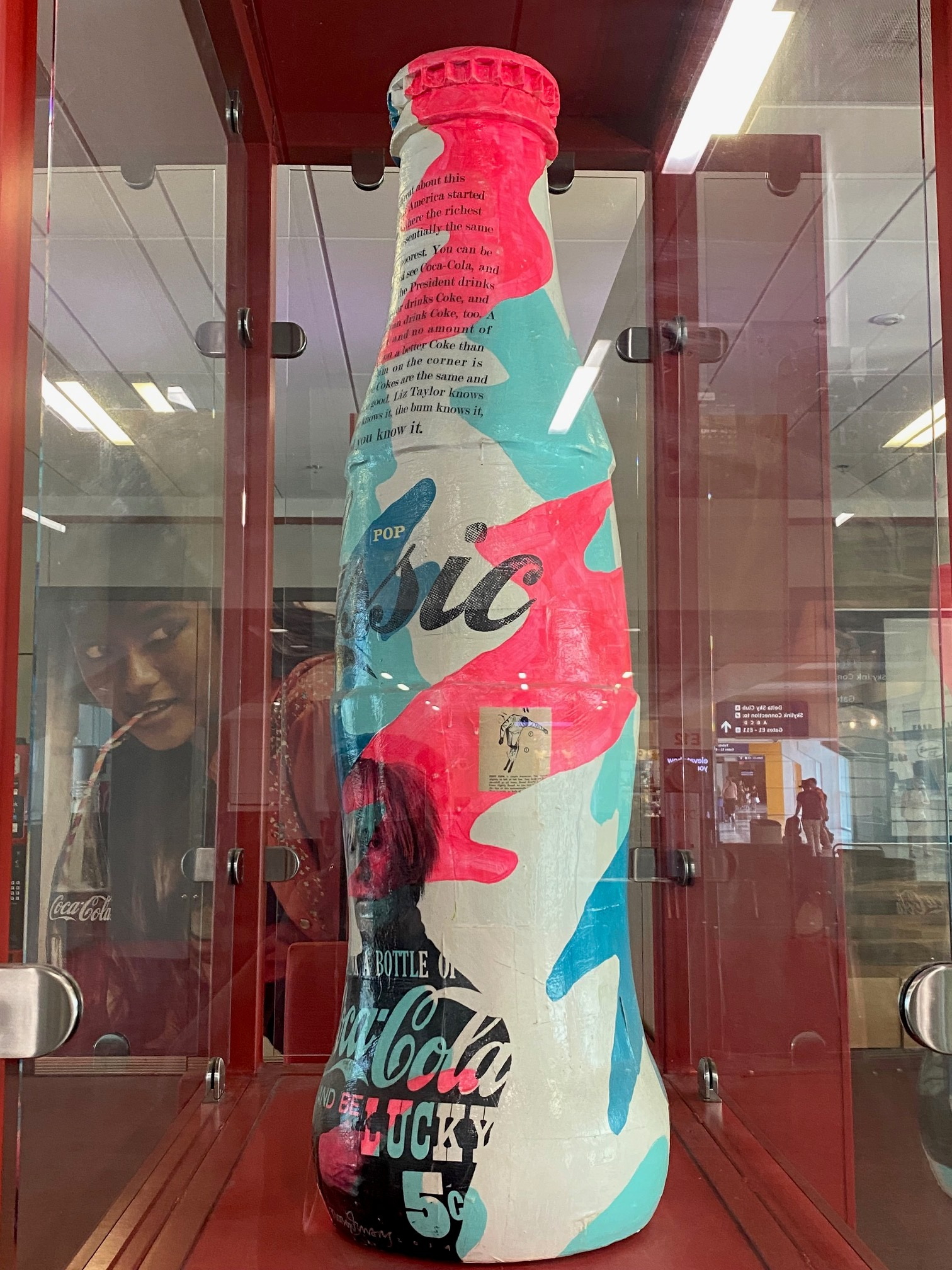Chances are, you are probably familiar with the art of Robert Mars, a contemporary American artist whose works can be found anywhere, from commercials to museums and galleries. His work has a distinct style that might remind you of 20th-century pop art: just like his predecessors, Mars takes iconic images of celebrities and gives them new meanings. His work reflects his fascination with the Golden Era of American pop culture and the hopeful atmosphere of the post-Great Depression period.
Artworks by Robert Mars Encapsulate American Pop Culture
Before becoming a full-time visual artist, Robert Mars used to work as a graphic designer. In the 2000s, he started exhibiting his artwork, and his popularity skyrocketed. Throughout his career, Mars has collaborated with various brands that used his designs in marketing campaigns. These include Adidas, Absolut Vodka, Nike, Microsoft, Bank of America, Coca-Cola, and many more. His work can even be found in airports, which once again proves the popularity of the artist.
Works by Robert Mars can be described as maximalist. He often uses the collage technique, which was widespread among followers of the pop art movement. Experimenting with media, colors, shapes, and format allows Mars to encapsulate the essence of American popular culture. The artist uses images of iconic figures like Marylin Monroe and Elvis Presley and references brands that have long been household names for people around the world. The vintage black-and-white photos of actors, singers, and models contrast with the bright color scheme, making works by Robert Mars truly unique.
Robert Mars’ art brings us back to an era when celebrities were viewed as untouchable, unattainable demigods. At a time when social media did not exist yet, it was inconceivable to know so much about the lives of superstars. However, Mars has never aimed to idealize them. Instead, he plays with our feeling of nostalgia, using the likeness of celebrities and politicians to create a seemingly perfect world.
Moreover, Mars’ works seem to offer a sense of community. It is exciting to realize that certain cultural references, be they an iconic line from a movie or a painting by a Renaissance master, will always live in our collective memory, no matter how much time passes, bringing people of the past, present, and future together. While remembering a historical period only for its brands and entertainment might seem shallow to some, those things are an essential part of our everyday life. Acknowledging them is not only historically accurate but also fair. After all, even when life was difficult, humans were always looking for simple things that brought them joy.
